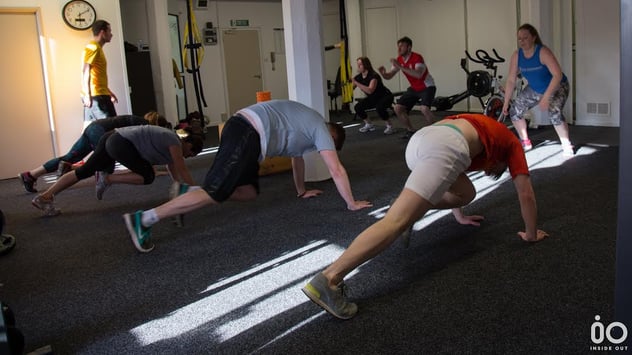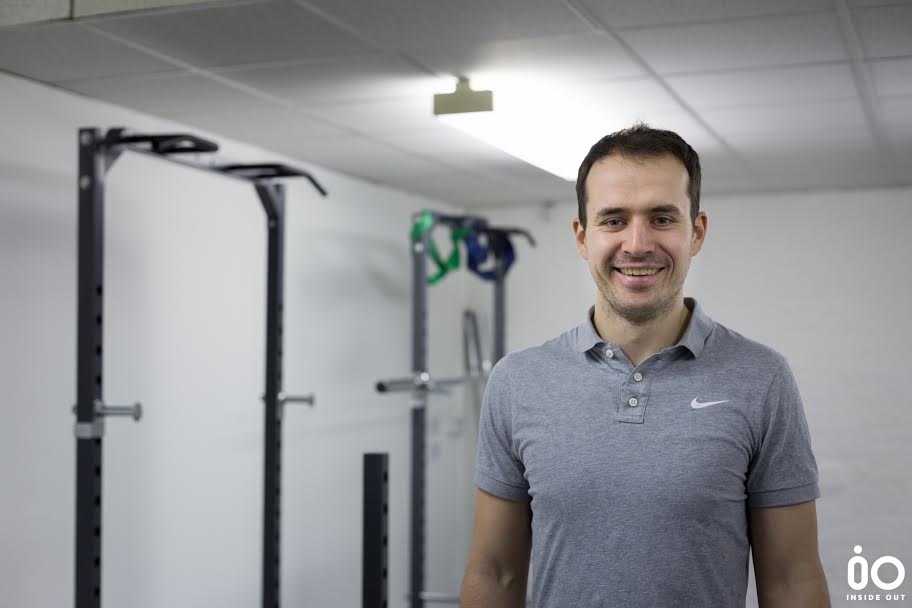Graham over at Inside Out Fitness and Nutrition Coaching gives us the low down about heart rate training.
"When you are looking to lose weight and/or improve your fitness, it is generally assumed that some form of interval training is a key component of any programme. Loosely speaking, we are looking to work for a period of time and then rest for a certain period of time.
A current, popular form of this is Metafit, a form of training based on a study by a Japanese scientist called Tabata. The theory of Tabata suggests that if you work flat out for 20 seconds and rest for 10 seconds for a total of 4 minutes, then you will burn loads of calories, improve your fitness massively and also see an increase in muscle mass.
One of the problems with this type of programme is that my 20 seconds of working flat out could be very different to someone else’s, so here at Inside Out Fitness do we perform different exercises or slightly tweaked ones. After all, if someone is very fit, then it's likely that it will take longer to reach their maximum workout intensity level than someone less fit.

We are able to eliminate this problem by using heart rate monitors. This means that the workout is completely individual to each person - 8 people can be doing the same exercise and getting totally different workouts. If you are looking to lose weight, you want to burn as many calories as possible but the paradox of fitness is that the fitter you get the less calories you will burn by doing the same exercise.
If you go to the same fitness class for 12 weeks, then eventually your body will have adapted to this type of exercise by week 4-6 and you will have diminishing results for the next 12 weeks if this is the only form of exercise you do. Heart rate training has the complete opposite effect. It is called self-periodisation, the idea being that if you were to wear a heart rate monitor and do the same exercise every week for the rest of your life, you will still be improving your fitness and burning more calories.
During our classes, we get people to do an exercise for as long as it takes to get them above 90% of their maximum heart rate and then stop until they have recovered to below 70%. This is a really tough session but the results are fantastic and because it's in a group setting, it's always good fun and social. 3 sessions a week of this type of training, along with small improvements to your diet can have huge benefits. The best part of it is that advanced trainers and beginners can train together as you're all exercising against your own heart rate.
So - why waste time guessing when you can do something that is proven to work each and every time!


